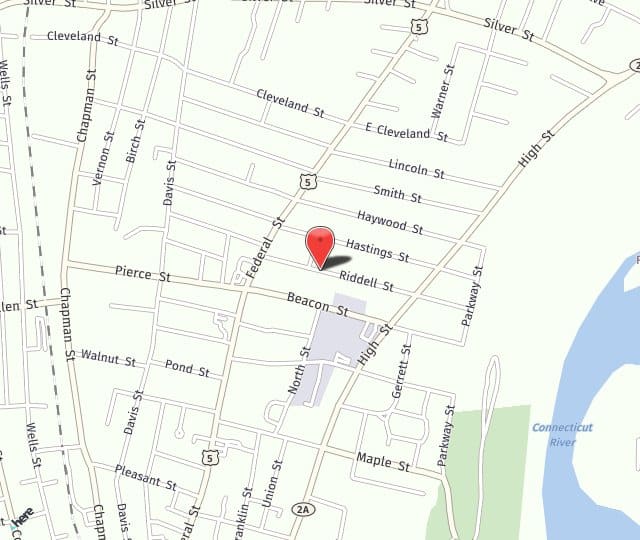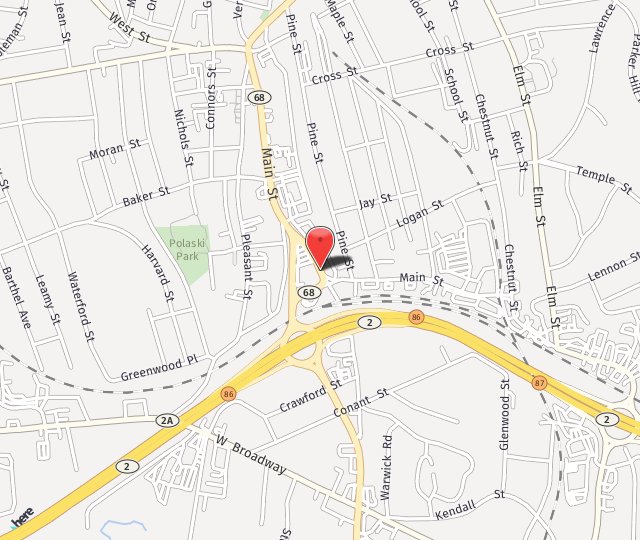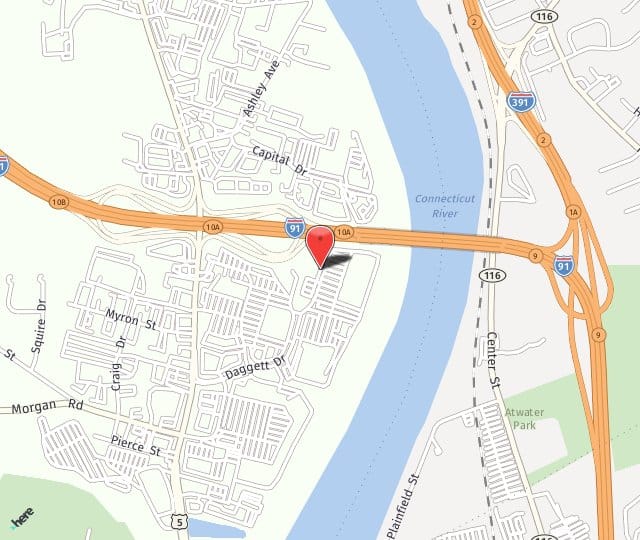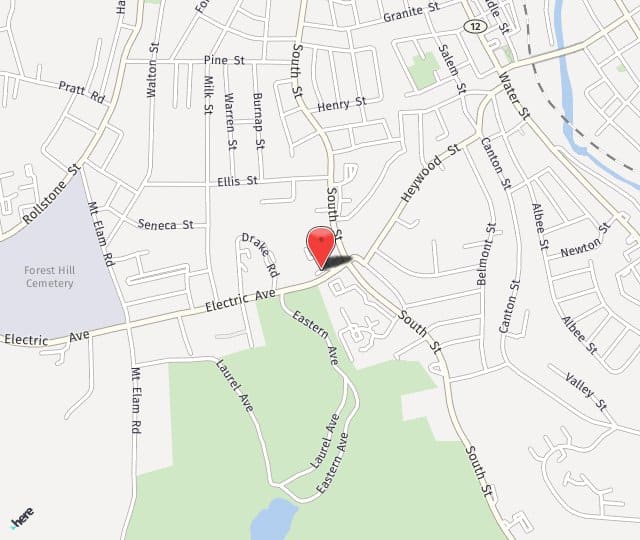
What is Trabeculectomy?
Trabeculectomy is a shunting procedure in which a flap is made on the top part or white of the eye called the sclera and fluid is then allowed to egress from the eye lowering eye pressure. The lining of the eye called the conjunctivae is sewn over this flap. Typically sutures are placed to reduce flow in the initial postoperative period to avoid too low an eye pressure called hypotony.
Risks and Benefits of Trabeculectomy
Trabeculectomy comes with some very significant risks. Most importantly is that every patient can respond differently to surgery. One of the main risks is scarring which, if it happens, causes the operation to fail. For this reason, medications are given at the time of surgery called antimetabolites. These help prevent scarring. Other risks are wound leaking, swelling in the back of the eye, hemorrhage and infection. In general, Trabeculectomy has an 80 % success rate with a 5 % risk of vision-threatening loss of vision or blindness. Results vary from patient to patient. Other less vision-threatening risks such as discomfort, dry eye, and cataract progression are reported. There is also a chance for a return to the operating room as many complications can be fixed with a return to the operation room.
Tube Shunts
Dr. Lotufo uses general 2 shunts either an Amhed FP-7 or a Bearveldt. Amhed valves have lower risk of too low intraocular pressure, called hypotony, but Bearveldts may give a lower long-term pressure. The benefit of tube shunts is they can be done in eyes with previous scarring and work very well in eyes that have already had cataract surgery. Studies have suggested a lower risk of infection but also have reports of greater risk of corneal complications or extrusion, which can happen when the eye rejects the implant and scarring pushes part of the implant out of the eye. Many extrusions can be fixed with a second or sometimes even a third surgery. Postoperative care and recovery is the same for tube procedures as it is for trabeculectomy.
Read what our patients are saying!
Very good experience. All of the assistants who work there were very helpful and nice (especially Kathy)! Dr. Ying was my surgeon, he diagnosed my problem and performed a vitrectomy which was done at the Greenfield hospital/ Franklin Medical Ctr. The staff was wonderful, and Dr. Ying performed an excellent surgical technique to alleviate my eye floater problem. No pain! I would highly recommend DR Ying...he is very calm and patient, and not only listens extremely well, but explains himself well also.
FAQ
What Are the Alternatives to a Trabeculectomy?
Tube shunts are an excellent alternative to having a trabeculectomy. In addition, minimally invasive glaucoma surgery can also be performed. The exact procedure that you need will depend on the stage of glaucoma and your overall health. All of the alternatives will be discussed in consultation to ensure you understand what they are and how they can improve your vision.
How Long Does a Trabeculectomy Take?
The procedure can take between 45 minutes to an hour. However, some patients usually need to spend a few hours prior to the procedure for preparation and a few hours afterward for observation to ensure they are stable.
Is the Procedure Painful?
A trabeculectomy is typically performed under local anesthesia, so you should be comfortable during the procedure. After the procedure, it is not uncommon for patients to feel slight discomfort, which can be easily managed with over-the-counter medication.
Can I Resume Normal Activities After a Trabeculectomy?
It is a good idea to avoid strenuous activities for several weeks after a trabeculectomy. During your initial consultation and follow-up, your treating physician will go over the specifics to ensure that you understand what you can and cannot do, in addition to when you can resume normal activities.
Will Trabeculectomy Restore My Vision?
Trabeculectomies are performed to prevent further vision loss, as opposed to restoring lost vision. This is why early detection of glaucoma is so important. When diagnosed early, it is not uncommon to maintain higher visual acuity than when glaucoma is diagnosed in its later stages.
Will I Still Need To Use My Glaucoma Medication After My Surgery?
This will depend on what stage your glaucoma is preoperatively. Some patients may find that they need less medication than they did before, while other patients may be able to discontinue their medication altogether. Keep in mind that every patient is different, so it is important not to compare your situation to another patient’s. Your treating ophthalmologist will review all of the pros and cons of intervention prior to the procedure to ensure you have a complete understanding of the possible outcome.
Schedule A Consultation
If you are in need of glaucoma treatment contact one of our Massachusetts locations. Call 1-855-286-2020 to schedule a consultation today!




